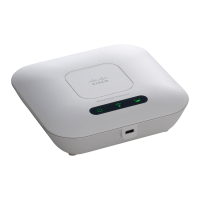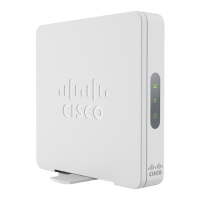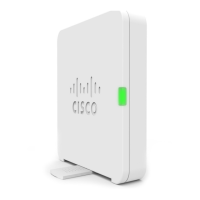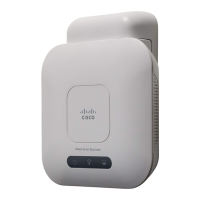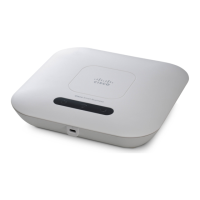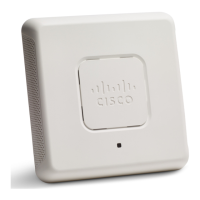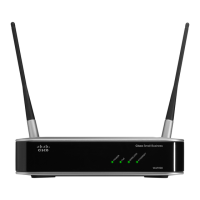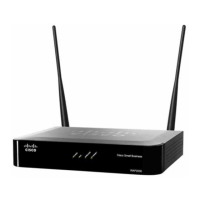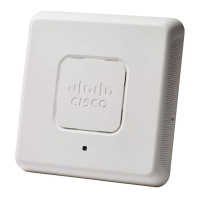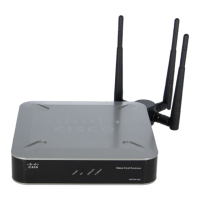such as email and file transfer, a slight degradation in service is acceptable and in many cases unnoticeable.
However, on applications with strict timing requirements, such as voice or multimedia, any degradation of
service has undesirable effects.
A DiffServ configuration begins with defining class maps, which classify traffic according to their IP protocol
and other criteria. Each class map can then be associated with a policy map, which defines how to handle the
traffic class. Classes that include time-sensitive traffic can be assigned to the policy maps.
Configuring IPv4 Traffic Classes
To add and configure an IPv4 class map:
Step 1 Select Client QoS > Traffic Classes.
Step 2 Click ✚ to add a Traffic Class.
The maximum number of class maps is 50.
Note
Step 3 In the Traffic Class Name text box, enter the name for the new class map. The name can contain from 1 to 31 alphanumeric
and special characters. Spaces are not allowed.
Step 4 In the Class Type, choose IPv4 from the list. The IPv4 traffic classes applies only to IPv4 traffic on the WAP device.
Step 5 Configure the following:
• Source Address — Requires a packet's source IPv4 address to match the IPv4 address defined in the appropriate
fields.
• Any — Any IPv4 address to be used as the source address.
• Single Address — Enter a single IPv4 address to apply this criteria.
• Address/ Mask— Enter the source IPv4 address mask. The mask for DiffServ is a network-style bit mask in
IP dotted decimal format indicating which part(s) of the destination IP address to use for matching against
packet content.
A DiffServ mask of 255.255.255.255 indicates that all bits are important, and mask of 0.0.0.0 indicates that no
bits are important. The opposite is true with an ACL wild card mask. For example, to match the criteria to a
single host address, use a mask of 255.255.255.255. To match the criteria to a 24-bit subnet (for example,
192.168.10.0/24), use a mask of 255.255.255.0.
• Destination Address — Requires a packet's destination IPv4 address to match the IPv4 address defined in the
appropriate fields.
• Any — Any IPv4 address to be used as the destination address.
• Single Address — Enter the IPv4 address to apply this criteria.
• Address/Mask — Enter the destination IP address mask.
Step 6 Click More..., and configure the following parameters:
• Protocol — Uses a Layer 3 or Layer 4 protocol match condition based on the value of the IP Protocol field in IPv4
packets or the Next Header field in IPv6 packets. Choose the protocol to match by keyword or enter a protocol ID:
• All Traffic — Allows all traffic from any protocol.
Cisco WAP150 Wireless-AC/N Dual Radio Access Point with PoE / Cisco WAP361 Wireless-AC/N Dual Radio Wall Plate Access Point with PoE
89
Access Control
Configuring IPv4 Traffic Classes
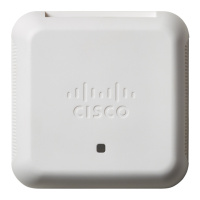
